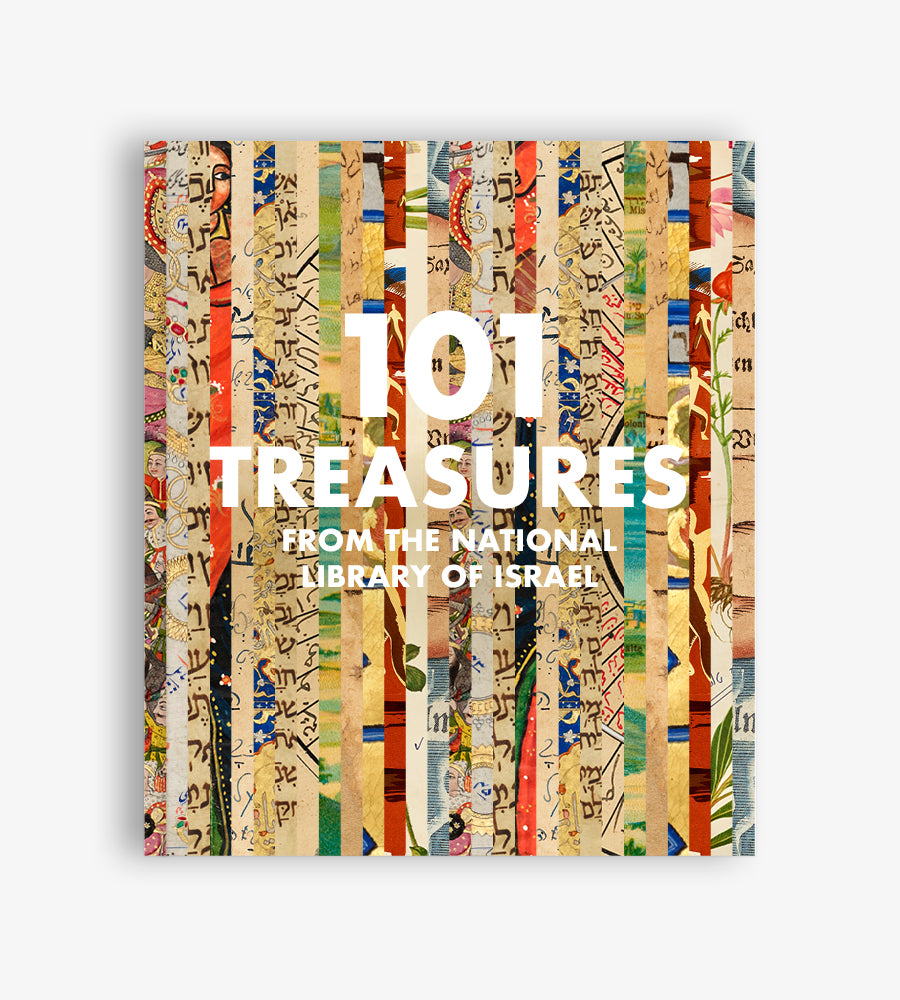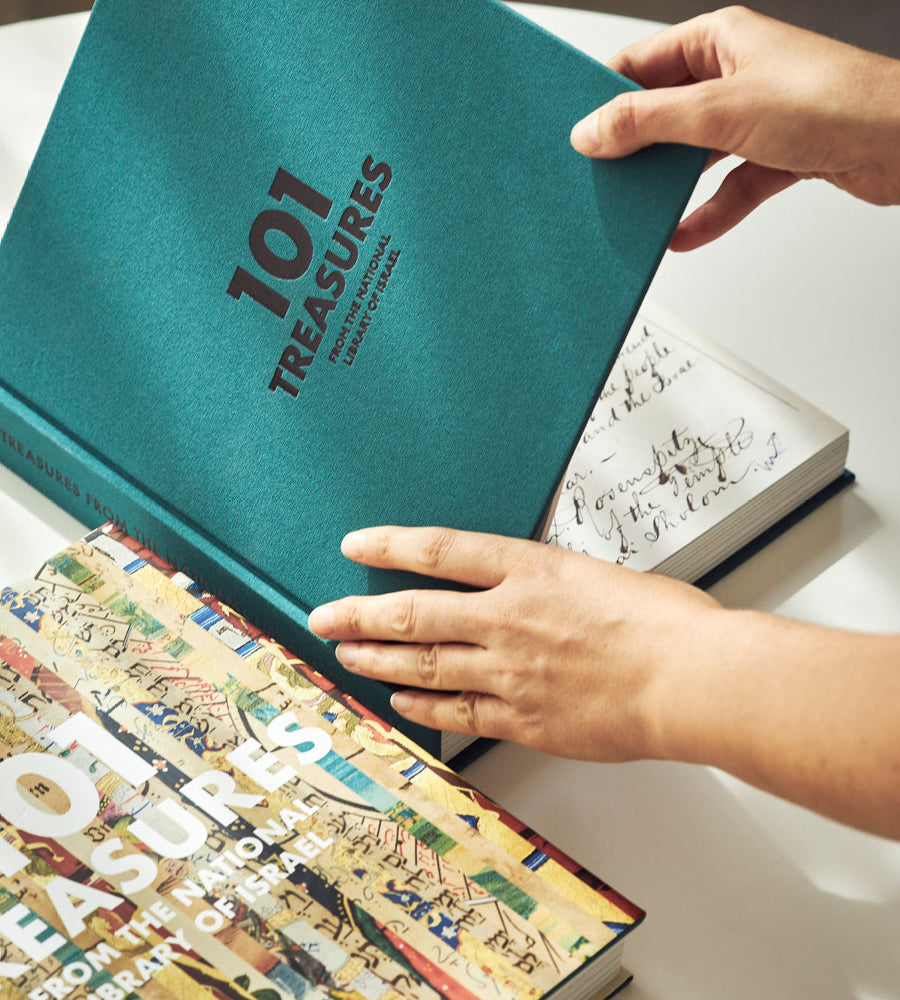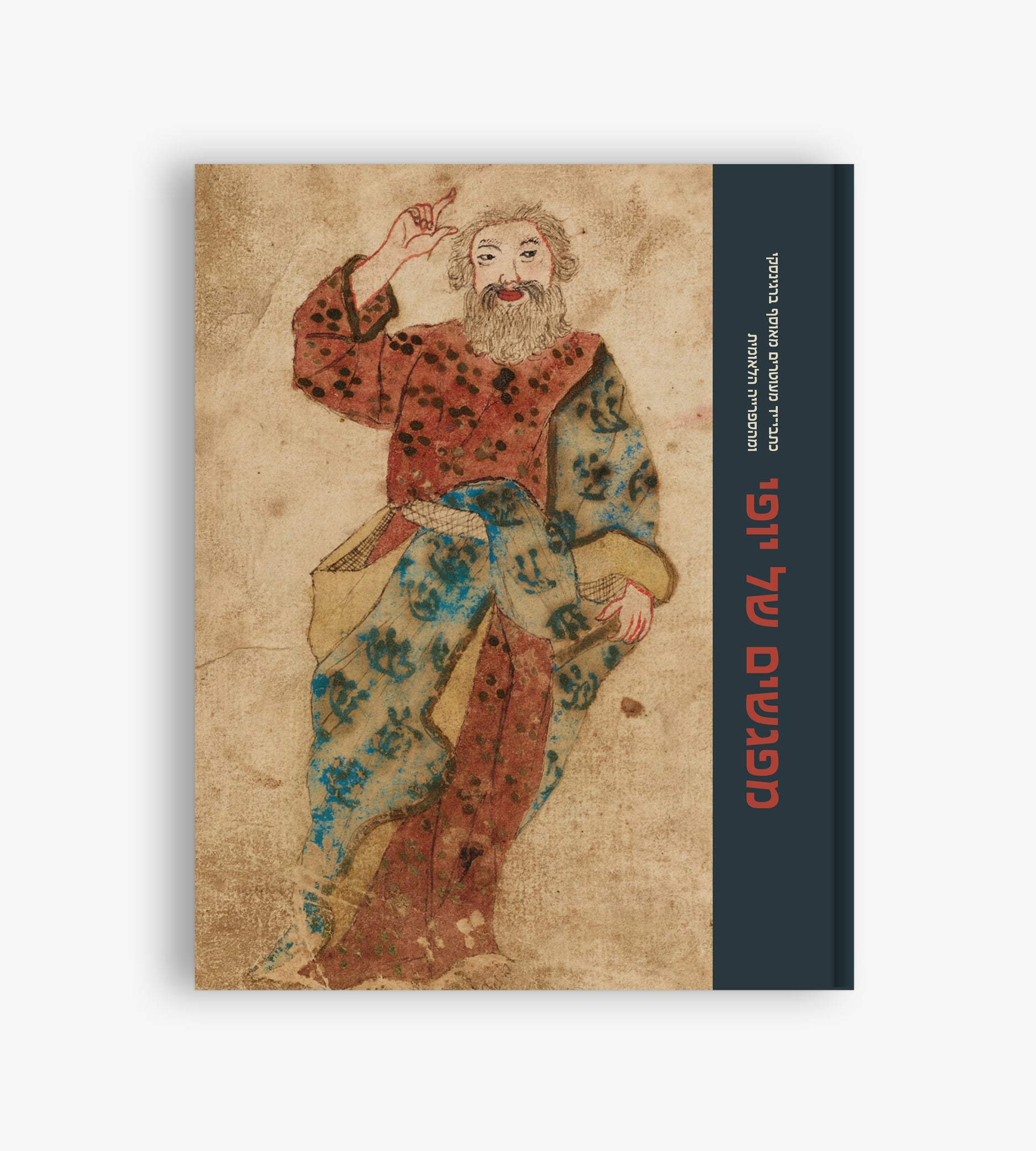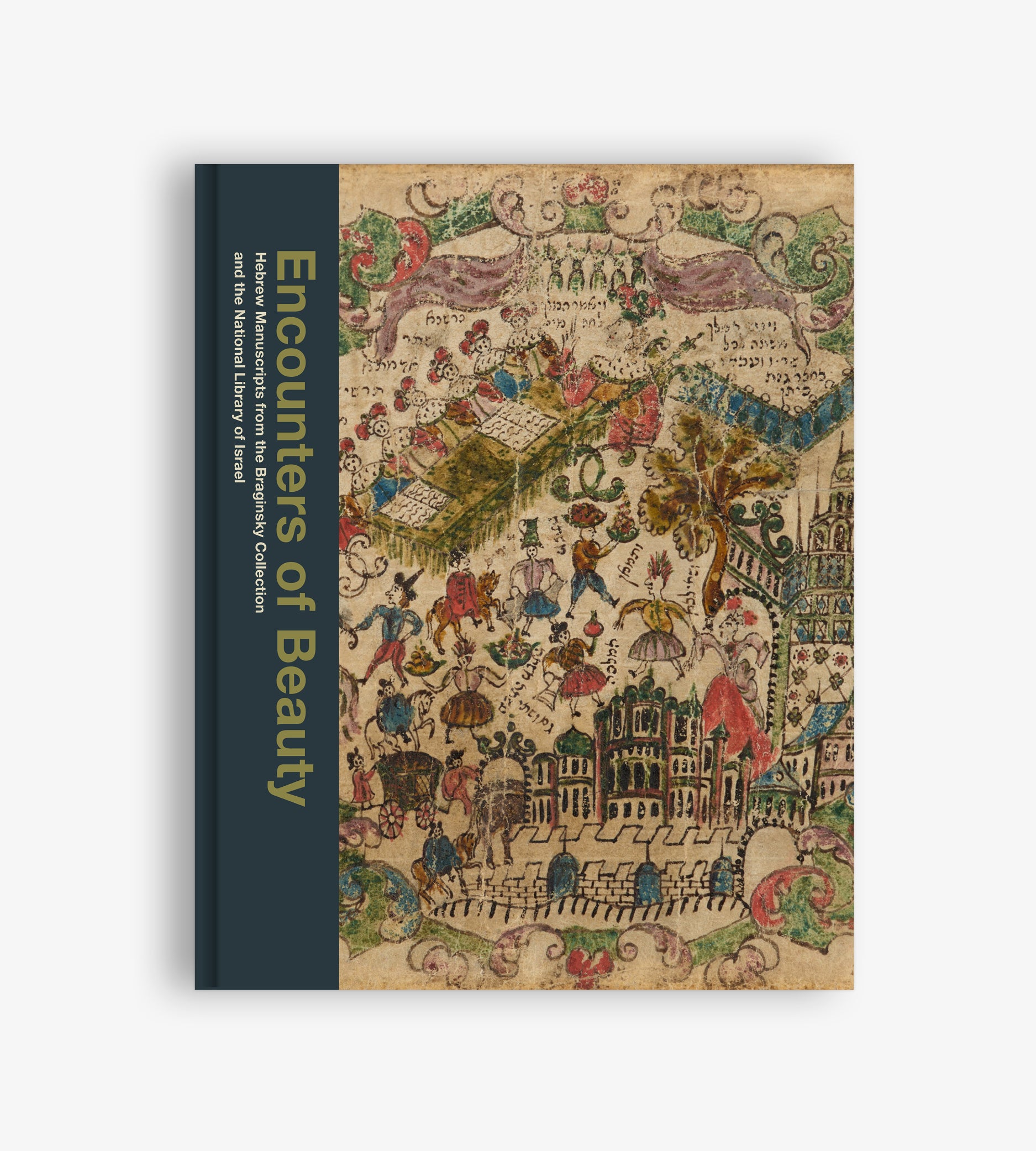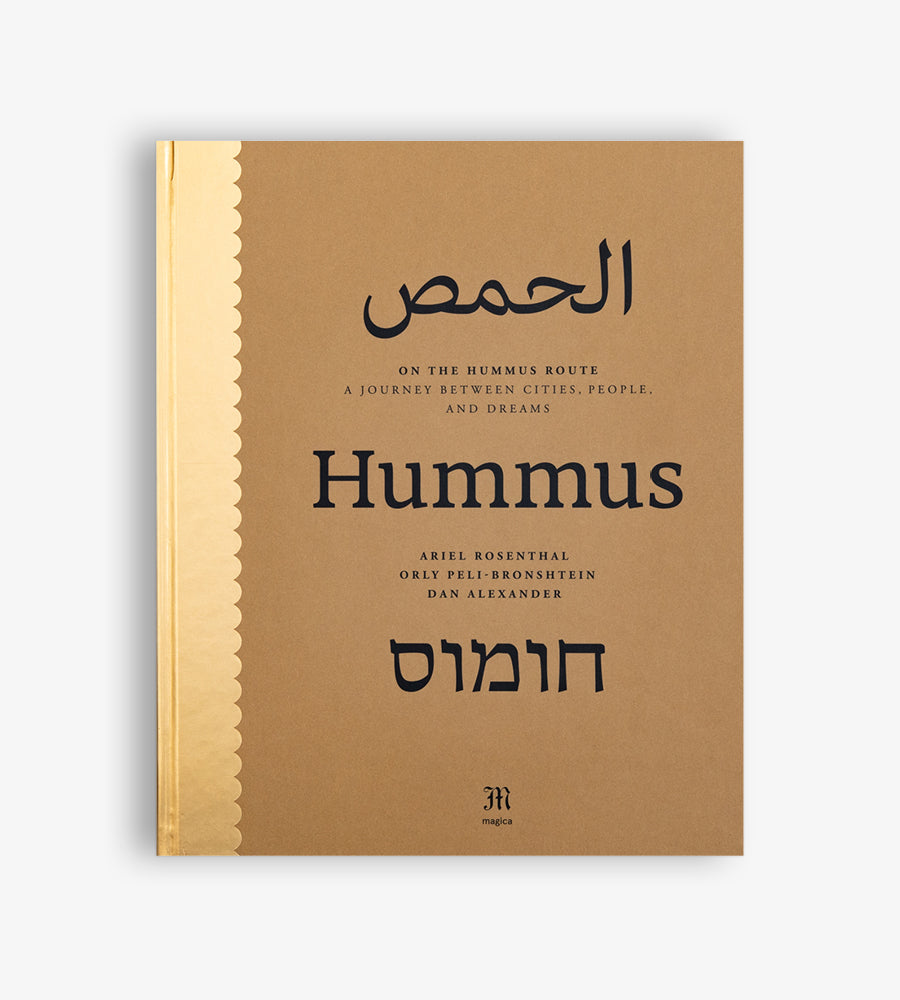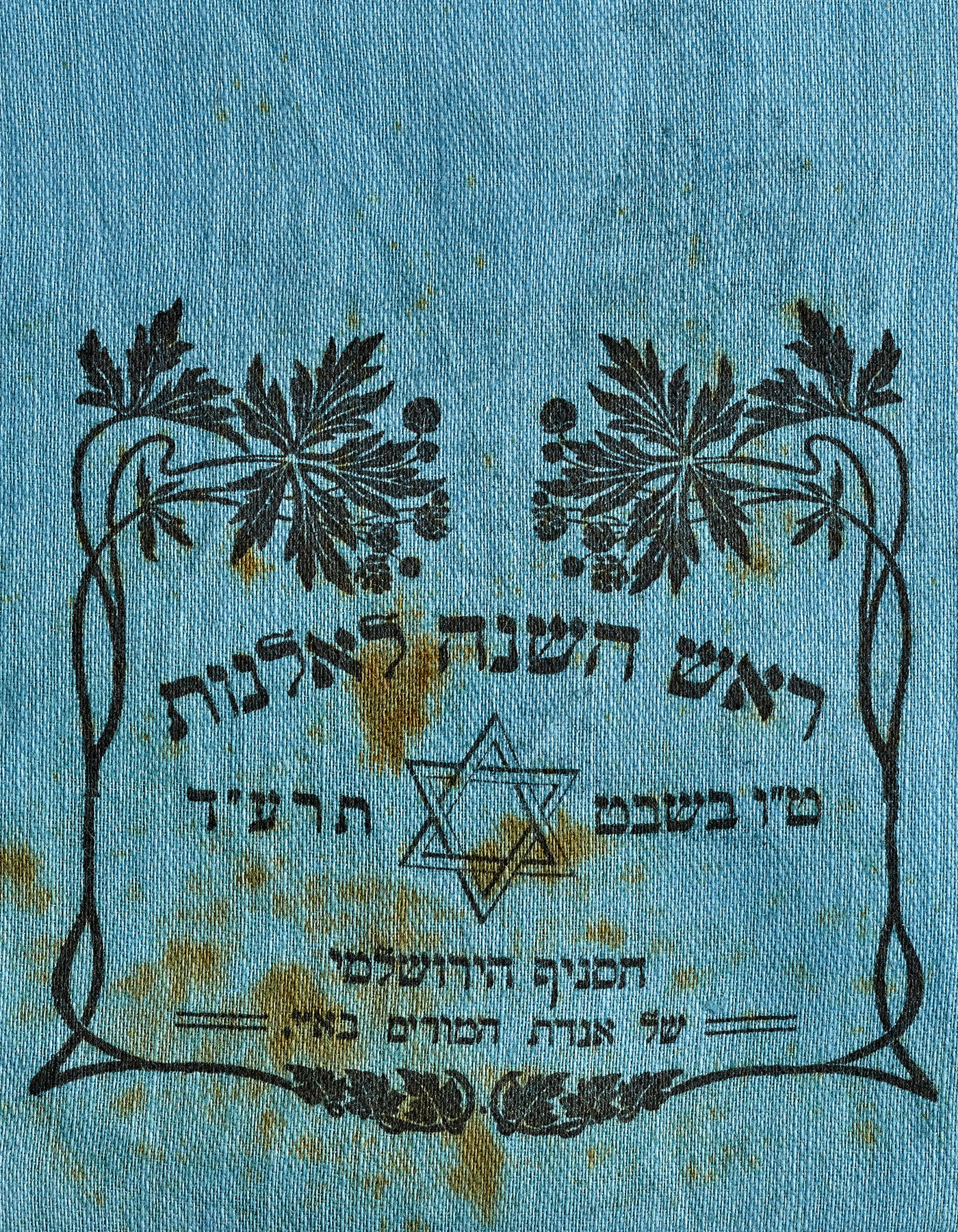
Seeds of a New Tradition
Hezi Amiur

On the morning of Tu BʼShvat, 1914, hundreds of students from the nine Hebrew schools in Jerusalem at the time set out westward toward the village of Motza. The students were dressed in festive clothes with blue and white ribbons, and the procession was led by their teacher Hayyim Aryeh Zuta.
Over the course of hundreds of years, Tu BʼShvat had been celebrated by eating the fruits of the Land of Israel. But here, in the Land of Israel itself, the “New Year of the Trees” had been reconceptualized in light of the new agricultural settlements of the First Aliyah. It was in 1894 that Zuta, then a young Hebrew teacher in Russia, first came up with the idea of turning Tu BʼShvat into a Zionist celebration of the Jewish people’s renewed connection to the land and to nature, inspired by the American festival of Arbor Day which had been established two decades earlier. In 1906, the organization of Hebrew teachers in the Land of Israel accepted the idea and inaugurated the tradition of planting saplings on Tu BʼShvat.
Special canvas bags with seedlings were prepared for the students to carry during the three-hour procession. However, midway through their parade, it began to rain, and the students returned disappointed, having never reached Motza. Perhaps this is the reason why one of the canvas bags was not discarded but somehow found its way to the National Library, located just a few steps away from the procession route.
The bag of unplanted seedlings bears testimony to the beginning of the tradition of planting trees in Israel on Tu BʼShvat. Though their seedlings did not take root that day, the disappointed children grew up to become the first generation educated by Hebrew institutions in Jerusalem.


